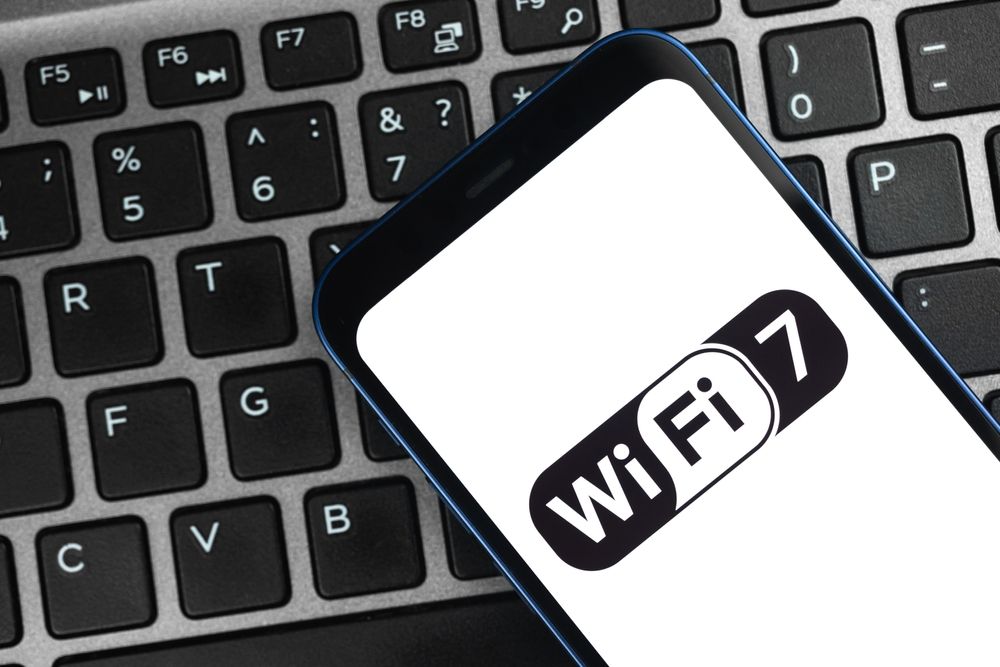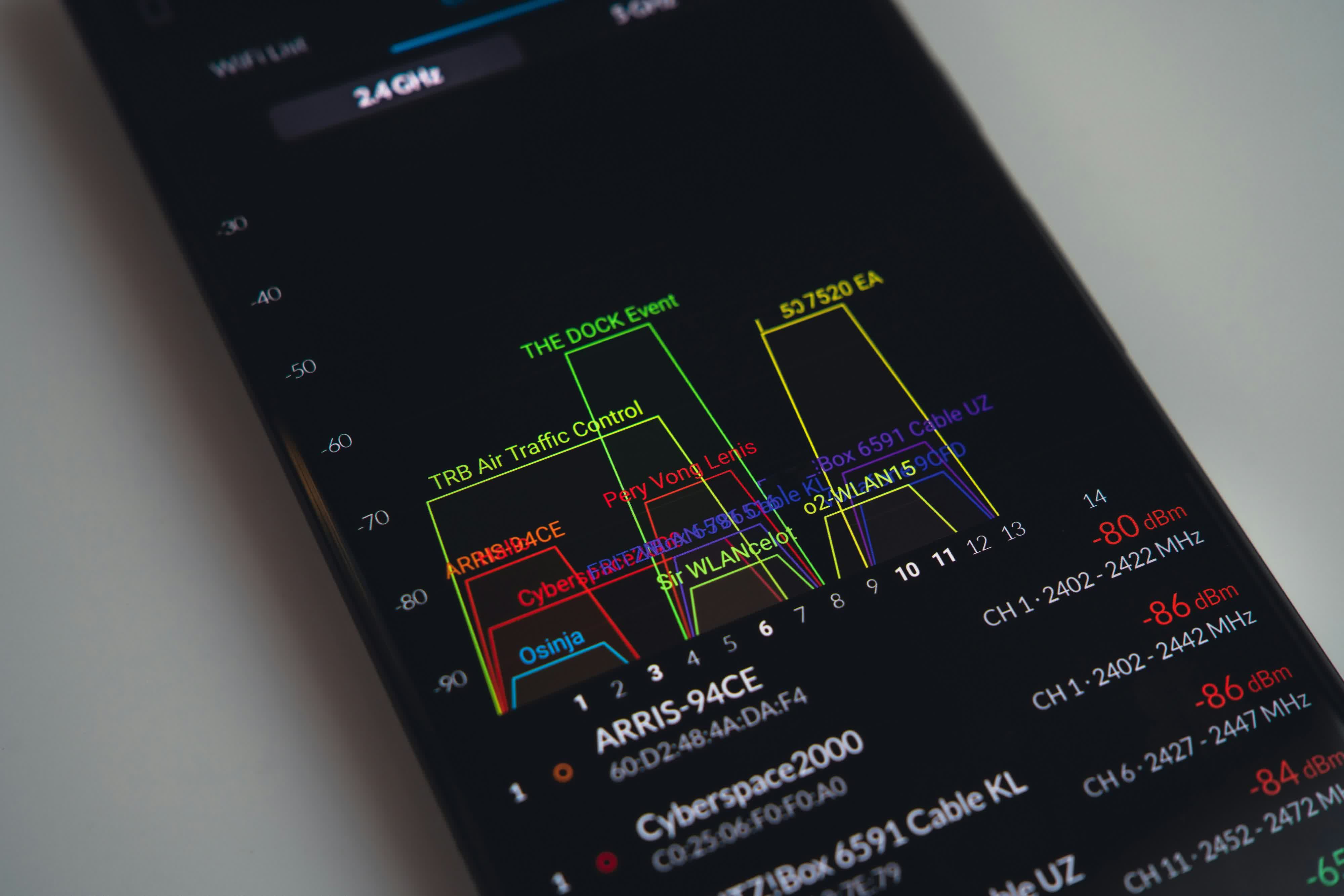Gandalf_The_Grey
Level 83
Thread author
Verified
Honorary Member
Top Poster
Content Creator
Well-known
- Apr 24, 2016
- 7,262
- Content source
- https://www.howtogeek.com/782023/what-is-wi-fi-7/
Although Wi-Fi 6E still feels bleeding edge at the start of 2022, a demonstration of the upcoming Wi-Fi 7 standard showcased transfer speeds might make Ethernet cables obsolete. Let’s take a look at the proposed spec and what it promises.
Wi-Fi 7 is a new specification for Wi-Fi devices currently in the works. It’s based on the draft 802.11be standard, published in May 2021, that has not yet been finalized or approved by the FCC.
The most show-stopping feature of Wi-Fi 7 is that it might make wired Ethernet connections obsolete for a certain class of both home users and professionals. Wi-Fi 7 can theoretically support bandwidth up to 30 gigabits per second (Gbps) per access point, which is just over three times as fast as the maximum 9.6 Gbps speed of Wi-Fi 6 (also known as 802.11ax). The draft authors call this “Extremely High Throughput,” or EHT.
Currently, commonly-available wired Ethernet technology maxes out at 10 Gbps (10GBASE-T), although it’s basically non-existent in consumer devices at the moment. And although higher speeds (such as Terabit Ethernet) exist in specialist settings like data centers, its arrival in the home or small business setting—if it ever happens—is likely far off. So for current users of both Gigabit and 10 Gigabit Ethernet, Wi-Fi 7 might be able to replace the need for wired connections under optimal conditions.
Aside from the theoretical potential of blazingly fast speeds of Wi-Fi 7, the Wi-Fi Alliance plans to include other notable improvements in the Wi-Fi standard. We’ll cover a handful below:
According to a news release from MediaTek, which claims to have already demonstrated the maximum Wi-Fi 7 speed mentioned above, Wi-Fi 7 products are expected to hit the market in 2023. An article in IEEE Spectrum cites 2024 as a potential availability date.
- Backward Compatibility: The Wi-Fi 7 draft spec spells out backward compatibility with legacy devices in the 2.4 GHz, 5 GHz, and 6 GHz bands, which means you won’t need all-new devices or hardware to connect to a Wi-Fi 7-enabled router.
- 6 GHz: Full utilization of the new “6 GHz Band” (actually 5.925–7.125 GHz), first supported in Wi-Fi 6E. The 6GHz band is currently only occupied by Wi-Fi applications (although that might change), and using it results in dramatically less interference than the 2.4 GHz or 5 GHz bands.
- Lower Latency: The draft Wi-Fi 7 spec aims at “lower lateness and higher reliabilities” for time-sensitive networking (TSN), which is essential for cloud computing (and cloud gaming). It’s also a critical requirement for replacing wired Ethernet connections.
- MLO: Wi-Fi 7 offers Multi-Link Operation (MLO) with load balancing and aggregation that combines multiple channels on different frequencies to deliver better performance. This means a Wi-Fi 7 router will be able to utilize all bands and channels available dynamically to speed up connections or avoid bands with high interference.
- Upgrades to 802.11ax: According to the draft spec, Wi-Fi 7 will offer direct enhancements of Wi-Fi 6 technologies, such as 320 MHz channel width (up from 160 MHz in Wi-Fi 6), which allows faster connections, and 4096 quadrature amplitude modulation (QAM) technology that allows more data crammed into each hertz.
Source: Wi-Fi 7: What Is It, and How Fast Will It Be?


/cdn.vox-cdn.com/uploads/chorus_asset/file/24957254/236811_WIFI7_CVirginia_12.jpg)





